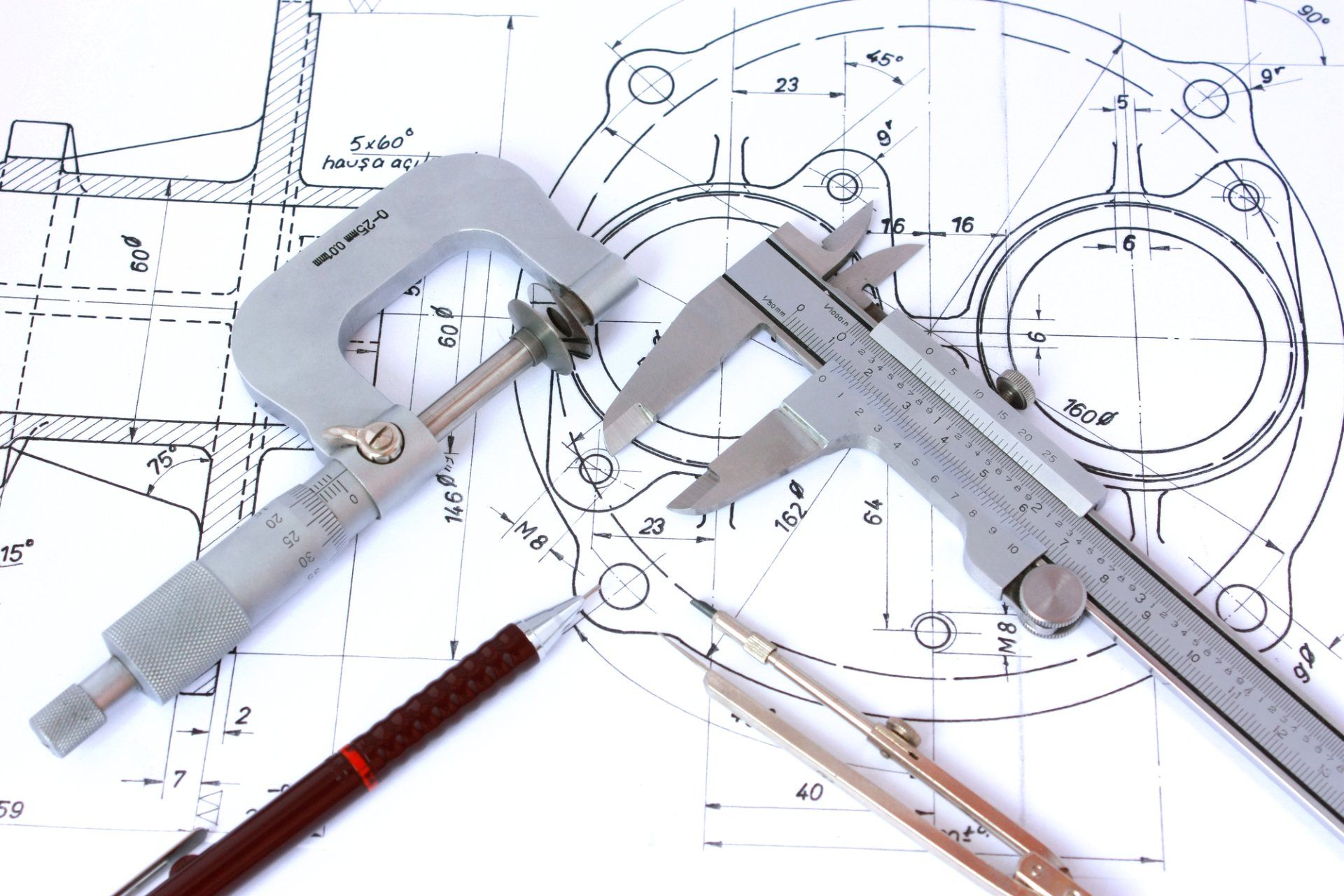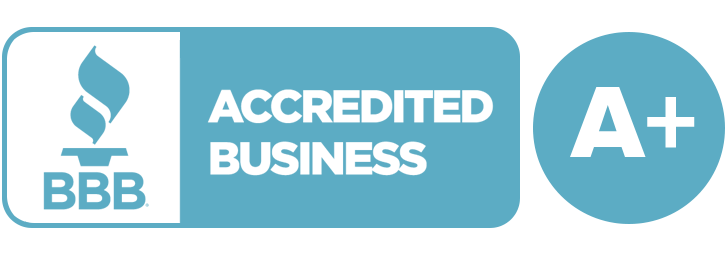Experienced Patent Attorney
Protect your business growth by contacting Grace J. Fishel, an experienced patent attorney in St. Louis. MO. If you have a small business, it is very important to protect any unique products or services you own as competitors can use your success to take away market share, resulting in slow growth or loss of revenue. Losing market share early in a business's development can be devastating without any patent protection. Learn more about the options here.
Obtaining U.S. patent protection for your invention
We have been helping inventors obtain patent protection on their inventions for over forty years and take great pride in obtaining the broadest patent protection to which they are legally entitled. As seen in the Patent Gallery, this has involved a wide range of technologies including mechanical, chemical and pharmaceutical inventions.
For a utility patent, an invention must be useful to be patentable. With a design patent, the invention does not need to be useful but must be ornamental. In both cases, the invention must be new and non-obvious. An invention is new if there is no prior patent, publication or existing product that contains all the features of the invention. An invention is "obvious" and not patentable if it would be obvious to a "person having ordinary skill in the art" (POSITA) to modify an existing product or to combine two or more existing products to come up with your invention.
For most inventors, a patent search should be the first step in the patent application process. The reason is simple: A patent search is used to determine whether the invention is "new" and discover products and publications relevant to whether the development is "obvious." Initially this may be done by making internet product searches and by making patent searches on Google Patents, or on the Patent Office's website at USPTO.gov. We recommend that your searching be backed up with a patentability search made by us. From the results of the search, we will give you an idea of whether your patent claims will be broad or narrow, or whether your invention is patentable at all.
If the invention appears patentable, a patent application may be prepared and filed with the U.S. Patent and Trademark Office. In the application you must disclose exactly and completely how to make and use your invention in such terms that a POSITA would be able to practice the invention ( i.e., you cannot hide the ball ). The application will conclude with a set of patent claims which describe the invention in a word picture that encompasses the invention as broadly as possible without reading on the prior art. The object is to prevent others from easily designing around your patent claims.
After the patent application is filed, it is assigned to a patent examiner to determine whether the claimed invention is adequately disclosed and new, non-obvious and useful (utility patent), or ornamental (design patent). Even if you have done a patentability search, typically in the first action, the examiner will reject some or all of the patent claims based on prior art found in the examiner's search combined with the results of your patentability search, which you are duty bound to disclose. If you receive an office action we can prepare responsive arguments. Frequently, these include pointing out features and components that are not disclosed in the cited art. In many instances it helps to schedule a personal or telephone interview with the examiner.
When a resolution is reached with the examiner, a Notice of Allowance will issue, calling for the payment of an issue fee. A utility patent has a term of 20 years from the earliest priority date claimed, subject to payment of maintenance fees at 3-1/2, 7-1/2 and 11-1/2 years. If the maintenance fees are not paid, the patent will lapse before the end of its 20-year term. When the patent lapses, the invention goes into the public domain, meaning the invention is available for use by anyone without payment to the patentee. In the case of design patents, the term is 15 years from the filing date, and there are no maintenance fees.
Obtaining foreign patent protection for your invention
Although there are international and multi-national treaties that harmonize certain aspects of IP, it is still highly country-specific. Choosing the counties where IP protection will be sought is a strategic decision, as it is simply impractical to file in every country. Consider filing in those countries where you market or manufacture your products. Also consider where your competitors are located and where you compete with them. Each country should be assessed for cost/benefit, such as the size of the market in that country, the barriers to entry and even the political stability of the country.
Filing under the PCT (Patent Cooperation Treaty) allows an applicant up to 30 months (31 months in some countries) from the first, original filing to decide in which countries or regions (e.g., EPO) to enter the national or regional stage. By deferring the decision, an applicant may be able to make a better informed decision where to file.
We make PCT, EPO and national filings and have an established network of foreign associates to make filings in Canada, Europe, China, Japan, Australia, Mexico, and a number of other countries in Central and South America. Less common filings have been made in other countries including Russia, South Africa, etc.
Other patent-related assistance
You can also contact our office if you have additional questions on topics such as:
- Avoiding patent infringement on the rights of others
- Licensing your invention






